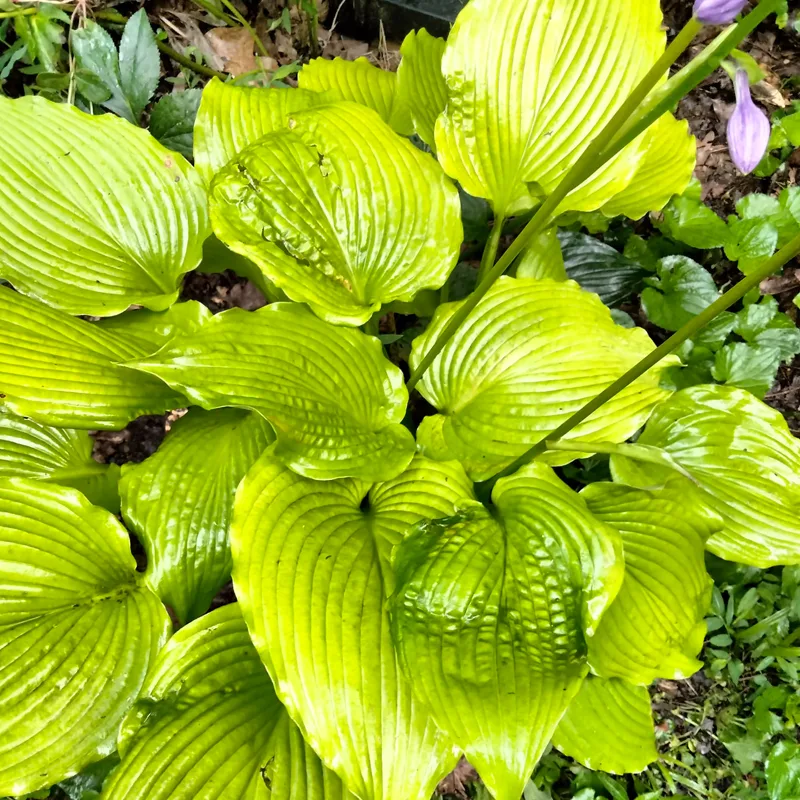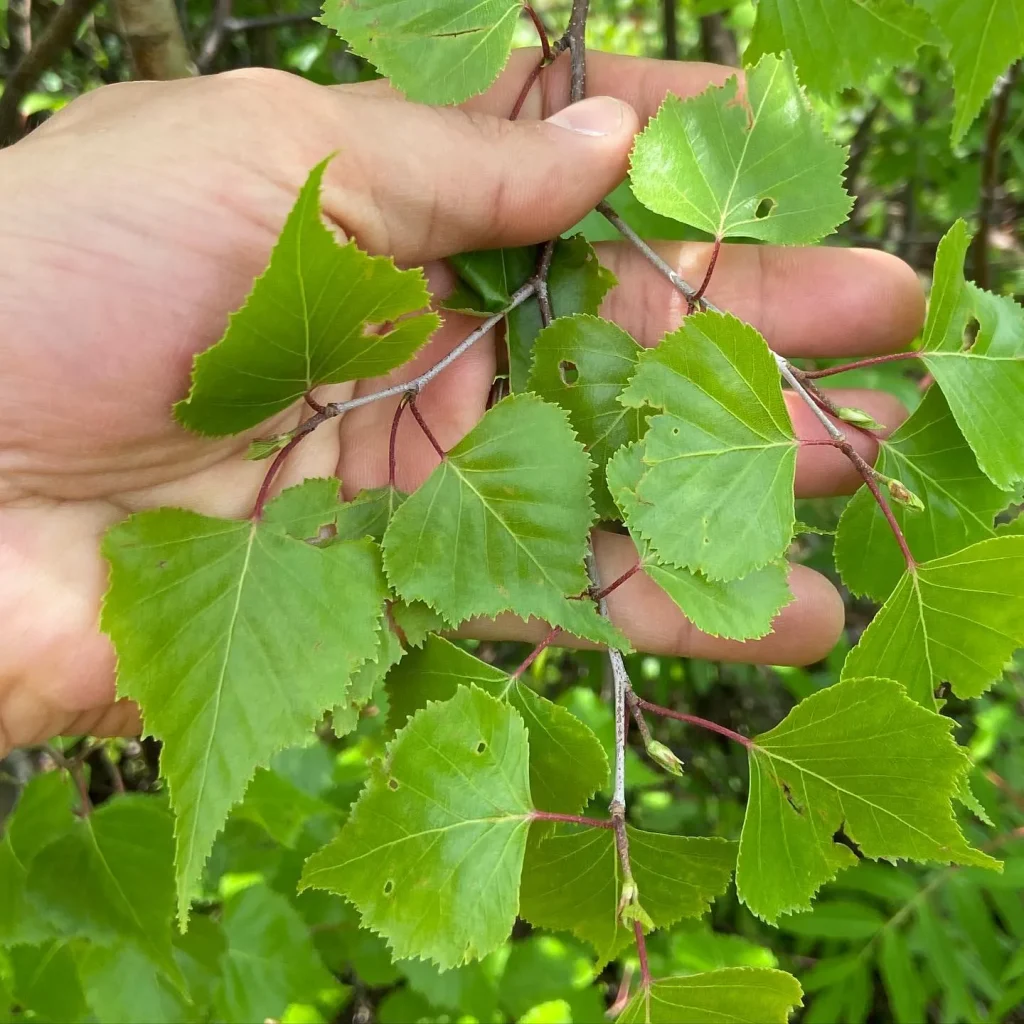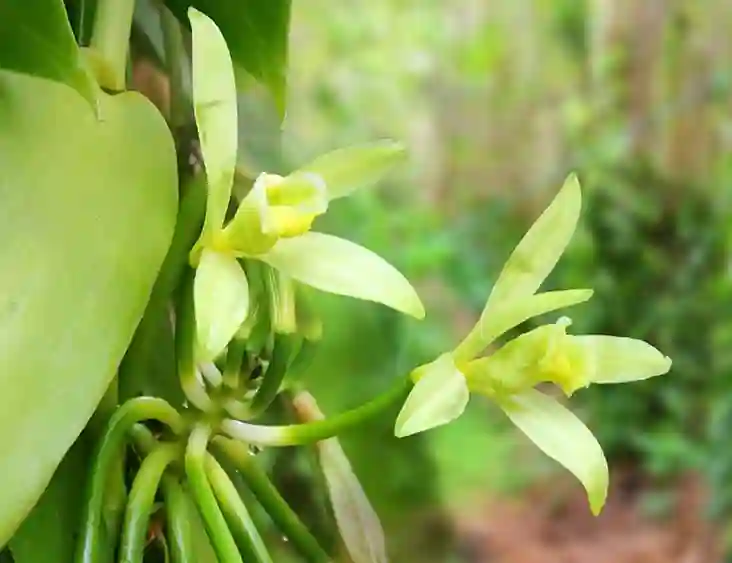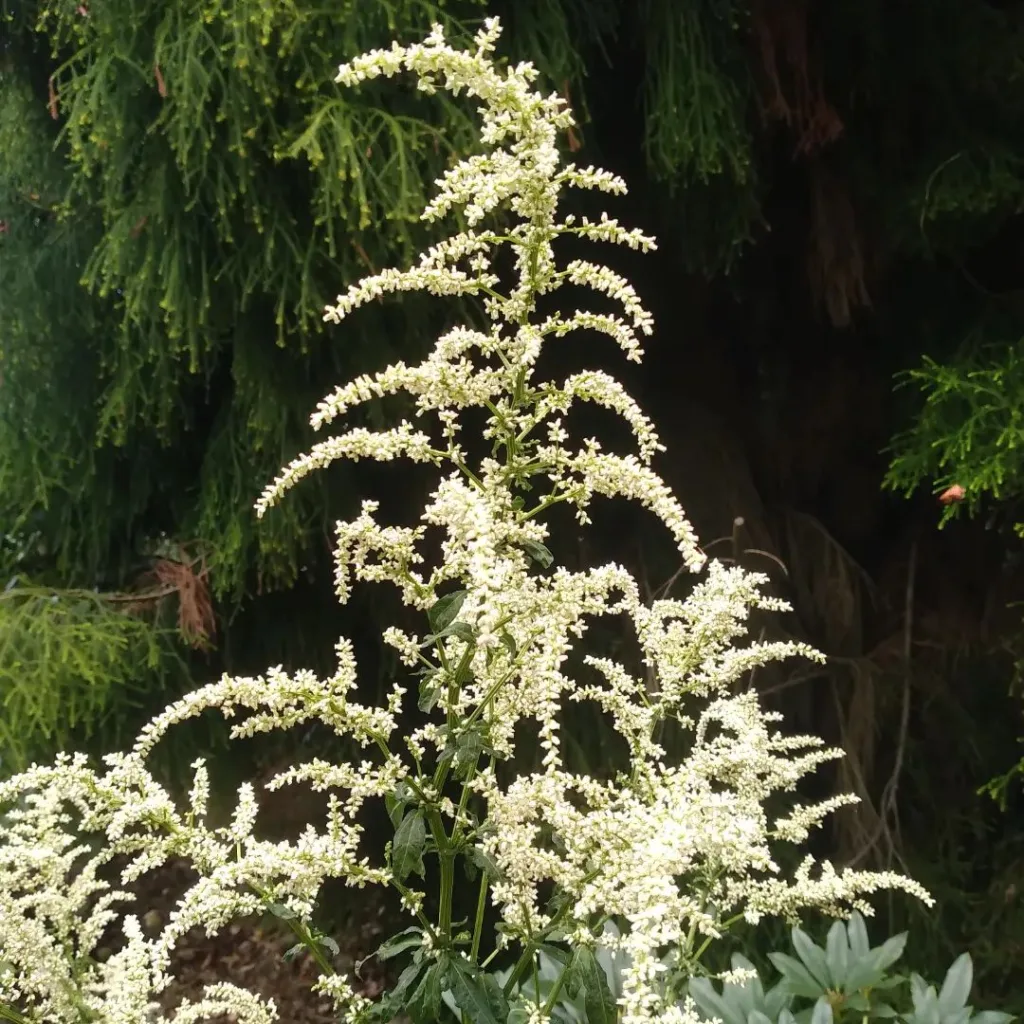FAQs About Calylophus Drummondianus
Calylophus Drummondianus, synonym of Oenothera Capillifolia subsp. Berlandieri, commonly known as Drummond’s Evening Primrose, is a vibrant and delightful plant that adds a splash of color to any garden. Over the years, I’ve had the pleasure of growing this plant and have gathered a wealth of knowledge about it. Here are some frequently asked questions about Calylophus Drummondianus that I’ve encountered.
165 Species in Genus Oenothera
What Is Calylophus Drummondianus?
Calylophus Drummondianus, also known as Drummond’s Evening Primrose, is a perennial flowering plant native to North America. It is renowned for its bright yellow, cup-shaped flowers that bloom in the evening, hence the name “Evening Primrose.” The plant belongs to the Onagraceae family and is often appreciated for its hardy nature and low-maintenance requirements.
How to Care for Calylophus Drummondianus?
Caring for Calylophus Drummondianus is quite straightforward. Here are some tips based on my personal experience:
- Sunlight: This plant thrives in full sun to partial shade. It needs at least six hours of direct sunlight each day to produce its vibrant blooms.
- Soil: It prefers well-drained soil. Sandy loam or loamy soil with good drainage works best. While it’s adaptable to different soil types, ensuring proper drainage is crucial to prevent root rot.
- Watering: Regular watering is necessary, especially during dry spells. However, overwatering can lead to root issues. I usually water the plant when the top inch of soil feels dry.
- Fertilization: A balanced, all-purpose fertilizer applied once in the spring helps promote healthy growth and abundant flowering. I use a general-purpose 10-10-10 fertilizer, applying it according to package instructions.
How to Propagate Calylophus Drummondianus?
Propagating Calylophus Drummondianus can be done through seeds or cuttings. Here’s how I’ve managed it:
- From Seeds: Collect seeds from mature plants. Sow them in early spring or late fall in a well-draining potting mix. Keep the soil consistently moist but not waterlogged. Germination usually occurs within 2-3 weeks.
- From Cuttings: Take softwood cuttings in early summer. Dip the cut ends in rooting hormone and plant them in a pot with a mix of perlite and peat moss. Keep the cuttings in a warm, humid environment until they develop roots.
What to Plant With Calylophus Drummondianus?
Companion planting can enhance the beauty of your garden. Here are a few plants that pair well with Calylophus Drummondianus:
- Lavender: The purple hues of lavender contrast beautifully with the yellow flowers of Drummond’s Evening Primrose.
- Black-Eyed Susan (Rudbeckia): These bright, daisy-like flowers complement the evening primrose’s vibrant blooms.
- Salvia: The tall, spiky flowers of salvia add vertical interest and work well with the spreading habit of the evening primrose.
Benefits of Calylophus Drummondianus
Calylophus Drummondianus is more than just a pretty face. It offers several benefits:
- Low Maintenance: It’s a hardy plant that doesn’t require much attention once established.
- Drought Tolerance: It’s relatively drought-tolerant, making it a great choice for low-water gardens.
- Attracts Pollinators: The bright flowers attract bees, butterflies, and other pollinators, supporting local wildlife.
Is Calylophus Drummondianus Toxic?
Fortunately, Calylophus Drummondianus is not considered toxic to humans or pets. This makes it a safe choice for gardens where children and animals play.
Common Problems with Calylophus Drummondianus
Despite its hardiness, Calylophus Drummondianus can face a few issues:
- Pests: It may occasionally attract aphids or spider mites. I’ve found that regular inspection and using insecticidal soap can keep these pests at bay.
- Disease: Overwatering can lead to root rot. Ensuring well-drained soil and avoiding waterlogging helps prevent this problem.
Compare with Similar Plants
If you’re considering alternatives or similar plants, you might find these comparisons helpful:
- Oenothera Biennis (Common Evening Primrose): Unlike Calylophus Drummondianus, which blooms in the evening, Oenothera Biennis blooms during the day. Both are yellow-flowering perennials but differ in their blooming habits.
- Oenothera Tetraptera (Four-O’Clock Primrose): This plant also belongs to the Onagraceae family and features evening blooms. However, it has a more upright growth habit compared to the spreading nature of Calylophus Drummondianus.
In conclusion, Calylophus Drummondianus is a fantastic addition to any garden. Its vibrant yellow blooms, ease of care, and compatibility with various companion plants make it a favorite of mine. Whether you’re a seasoned gardener or a beginner, this plant is sure to brighten up your garden with minimal fuss.
If i die, water my plants!



